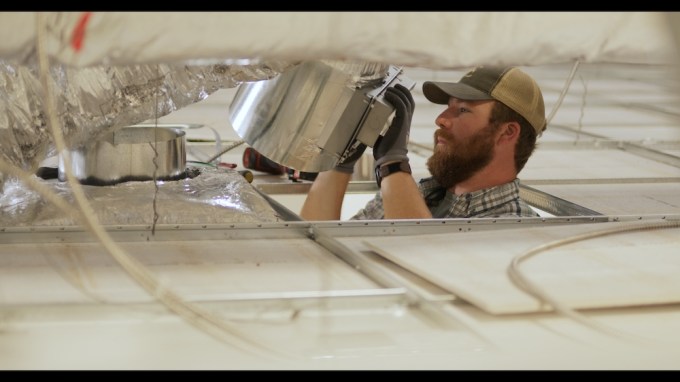The new, Los Angeles-based online professional network for Black talent, Valence, has launched a new initiative called the Valence Funding Network to link Black entrepreneurs with top partners at firms including Accel, Sequoia, GGV, First Round Capital, Bessemer Ventures, Greylock, Upfrton Ventures, and Collab Capital.
“For years, Black entrepreneurs have been told that Silicon Valley is a meritocracy, but at the same time most haven’t had access to the top networks, the warm introductions, and the mentorship that underpin lasting success in tech. Valence is upending this completely by bringing the top VCs to compete for the best Black entrepreneurs.” said Valence co-founder, Kobie Fuller, who also works as a general partner at Upfront Ventures. “We want to even the playing field with the goal of exponentially growing the number of Black-owned startups that get funded.”
Founded in November 2019, Valence is a still-small professional network that provides opportunities for Black entrepreneurs and professionals to connect with peers and mentors. So far, the company has a user base of around eight thousand members, but is growing rapidly, according to Fuller.
That growth may be boosted by the new initiative with investors. Through the Valence Funding Network Black founders and would-be founders have the opportunity to receive direct pitch coaching and mentorship from general partners and partners at some of the nation’s top venture firms. In all, the 26 firms who have committed to working with the Funding Network represent over $60 billion in assets under management.
Some of the participating firms and investors include:
- 645 Ventures — Nnamdi Okike
- Accel — Rich Wong
- Base10 — Ade Ajao
- Bessemer — Elliott Robinson
- Capital G — Gene Frantz
- Collab Capital — Jewel Burks
- Concrete Rose — Sean Mendy
- Defy Partners — Neil Sequiera
- Equal Ventures — Richard Kerby
- First Round — Josh Kopelman
- Forerunner — Brian O’Malley
- Foundry — Brad Feld
- General Catalyst — Peter Boyce
- GGV — Hans Tung
- Greylock — Sarah Guo
- High Alpha — Scott Dorsey
- Lightspeed — Mercedes Bent
- Lux — Deena Shakir
- Outlander — Paige Craig
- Precursor — Charles Hudson
- Redpoint — Annie Kadavy
- Sequoia — Jess Lee
- Sinai Ventures — Jordan Fudge
- Spark Capital — Nabeel Hyatt
- Techsquare Labs — Paul Judge
- Union Square — Rebecca Kaden
- Upfront — Kobie Fuller
As Valence noted in a press release, Black founders have been historically disenfranchised by the venture capital community. Only 1 percent of venture-funded startup founders are Black and the company believes that this underrepresentation contributes to America’s racial wealth gap, which sees roughly 13 percent of the United States population, holding less than 3 percent of the nation’s total wealth. It’s Valence’s mission to change this that statistic.
Along with its new venture capital initiative, the company has also named a new chief executive officer, Guy Primus, the former chief executive of the Virtual Reality Company, an LA-based VR production studio. Primus also serves on the board of trustees of Southern California Public Radio, where he leads the strategic planning committee and is past chairman of the advisory board at Georgia Tech’s top-ranked school of Industrial and systems engineering.
“Facilitating success in the innovation economy is key to Valence’s mission. By creating the Valence Funding Network, we are eliminating one of the most formidable structural obstacles to success—the access to venture investors.” said Guy Primus, Valence’s new CEO. “Our mission has come into focus even more clearly. This moment in America is an urgent one and I feel called to help bring the Valence mission to life. 2020 has showcased how important it is for Black professionals to have as many financial and professional resources as possible.


